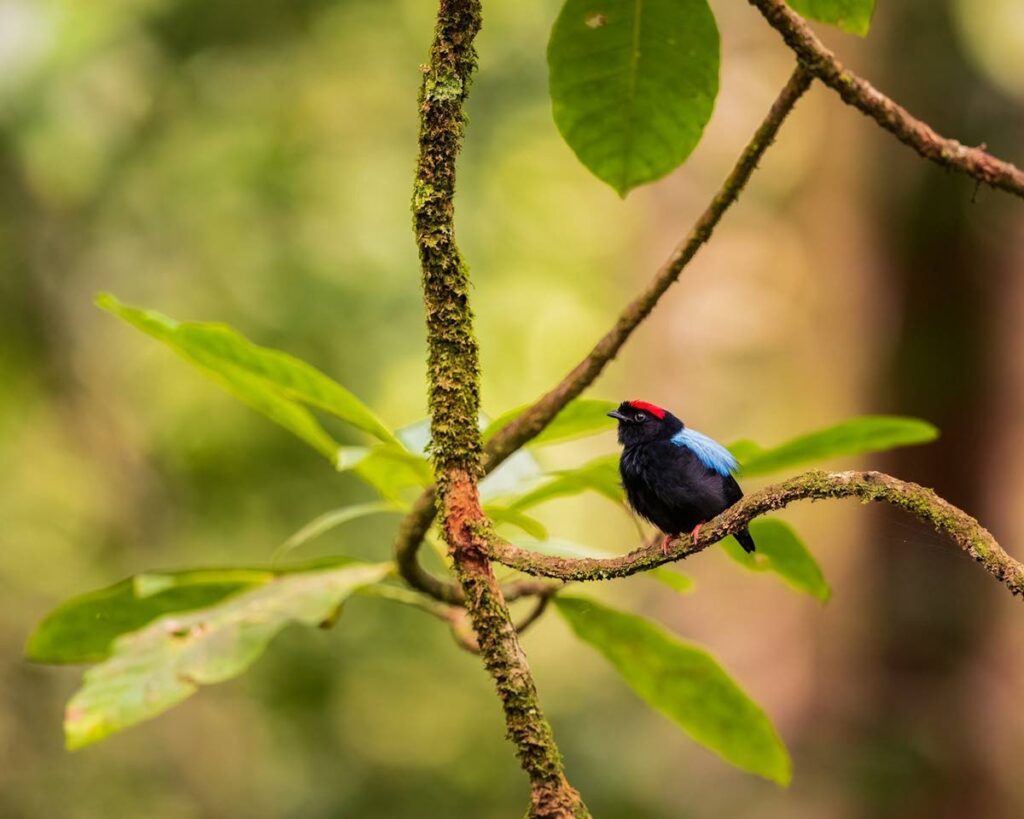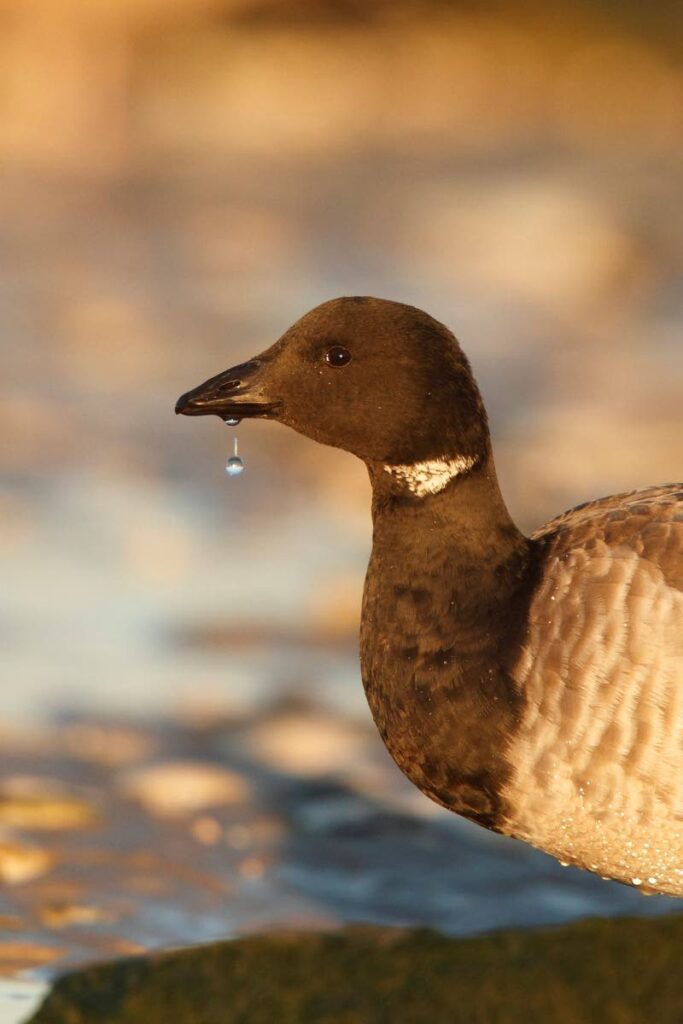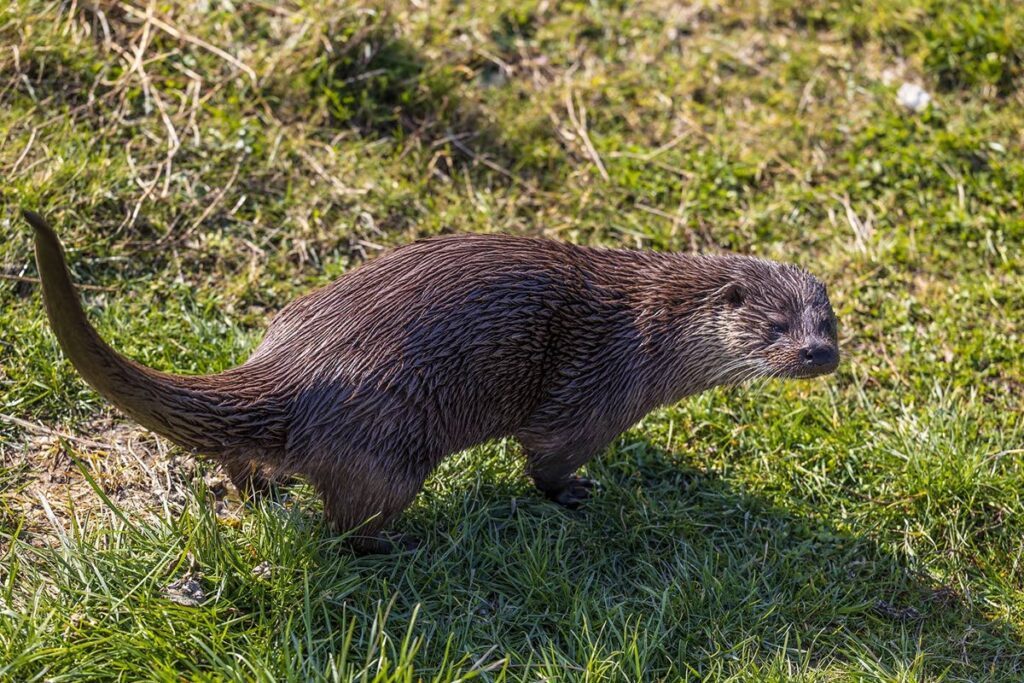Birding in the biosphere

Faraaz Abdool visits the Wadden Sea and Halligen Islands in the north of Germany, an area protected as a birding habitat. What are the lessons for birding in northeast Tobago?
At the north of Germany, the Wadden Sea National Park was recognised as an Unesco biosphere reserve back in 1990. The five inhabited Halligen islands were added as a development zone in 2005.
This North Sea protected area consists of grey, featureless tidal mudflats – the largest such ecosystem in the world spanning 4,500 square kilometres across three countries. There are no verdant valleys or misty mountains, or even azure, idyllic stretches of ocean here. The vast majority of the organisms that utilise this habitat live in the mud, their daily struggles unnoticed, their existence only visible when violently yanked into the above-surface world by one of millions of migratory shorebirds – called waders – on those shores of the Atlantic.
The tidal mudflat ecosystem across the world has been exploited and largely compromised by human development. If life is not immediately visible, it is difficult to drive the point home that the habitat is still valuable.
In the education centre at the Schleswig-Holstein Wadden Sea Biosphere Reserve, exhibition manager Claus von Hoerschelmann explained the intricate linkages at the surface and sub-surface levels across the mudflat. Life-size and oversized models of clams, molluscs, and worms are used to illustrate their roles at varying depths in a cross-section of mud.
Birders are big spenders
Birds, of course, are pivotal in the survival of the mudflat. In fact, the Wadden Sea is noted as a critical habitat for 12-15 million migratory birds, as it is situated along the East Atlantic migratory flyway.
The reserve is a major attraction for birders during peak migration season. Birders are known as the highest spenders within the sustainable tourism market. They descend on the park when bird activity is highest, scouring the extensive mudflats for anomalies within the endless tapestry of brown and grey feathers.
Although visiting birders are valuable to the local economy, they do not visit the park all year. Once the migrant birds take flight after their brief refuelling stop at the reserve, much of the birder activity drops off.
There are still many birds present, however, and some of these still attract tourists. A small species of goose, the brent goose (Brant in North America) spends a few weeks during April and May at the biosphere reserve, feeding intently before continuing their journey to their breeding grounds in Siberia. The reserve holds annual Brent Geese Days to celebrate the birds and educate people about them and their habitat.

Events built on nature and culture are hosted while thousands of these geese roam and feed at very close range, taking advantage of the “national park effect.” When harmful activities such as hunting are completely outlawed, over time, the wildlife becomes much more trusting of the human presence, allowing intimate encounters between humans and animals at a respectful distance.
Brent Geese Days have grown into a major festival, attracting thousands of people to the biosphere reserve during a time that would otherwise be out of season for tourists. The utilisation of something naturally occurring to spur tourism flow is a fine example of the growth of sustainable tourism that is currently unfolding in Germany as well as many other countries. Instead of bulldozing pristine environments to create a carbon copy of an attraction somewhere else, nature is allowed to flourish, as this is what makes each place unique and appealing to the aware visitor.
For example, organisations such as Dark Sky International have certification systems in place to further discourage light pollution by outlining special areas as Dark Sky Places. These places are visited by stargazers, astronomers, and persons seeking solace from ultra-bright city life.
Biosphere reserves
The Unesco Man and the Biosphere (MAB) Programme aims to establish sustainable bases for enhancing the relationship between people and their environment. By design, biosphere reserves are meant to be learning places for sustainable development, hubs of cutting-edge ideas we should be able to adapt on a wider scale for a brighter future. At present, there are biosphere reserves in 134 countries, protecting an area over 7.4 million square kilometres.
The designation of a biosphere reserve does not imply exclusion of anthropogenic activity. Biosphere reserves worldwide are home to approximately 275 million people! For the most part, these people live within one of the three clearly delineated regions within the reserve called the transition area – the outermost region of the biosphere reserve that forms the boundary between the regulated reserve and society.
It is within this transition area that the majority of the biosphere’s work can be carried out, as the core functions of the MAB programme are conservation, economic development, and logistics for scientific research and monitoring – all of which are intended for the engagement and participation of people, both residents and visitors.
In the transition zone of the Halligen Biosphere Reserve in the Wadden Sea National Park along the coast of the North Sea, residents are encouraged to take the future of the islands into their own hands. This sense of ownership and responsibility, with the correct guidance, fosters environmental stewardship on a personal and community level.

The biosphere management committee analyses the forms of income among the occupants of the transition area, and the majority make their living from tourism, coastal protection, and farming. The activities in the transition area also align with the core functions of the biosphere reserve.
Of course, goals must be set so that development does not take place in a vacuum, and for this reserve already within a national park, the transition area set out to achieve a common voice, future and coastal protection, and build sustainable tourism.
Lessons for Tobago
The Schleswig-Holstein Wadden Sea and Halligen Islands Biosphere Reserve hold many lessons for us in the southern Caribbean. We are naturally gifted with coral reefs and charismatic marine creatures, rainforest ecosystems with ostentatious birds within our own Northeast Tobago Biosphere Reserve.
We would do ourselves a favour to celebrate what is naturally occurring in order to keep ourselves afloat – financially and physically.

Comments
"Birding in the biosphere"